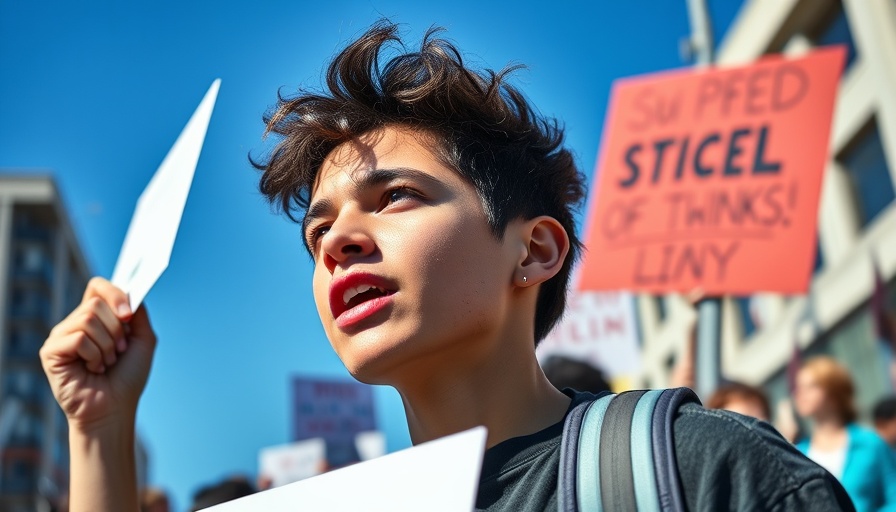
The Complex Realities of School Policing
In recent years, discussions around school policing have intensified, especially after the high-profile events surrounding the death of George Floyd and the subsequent social movements advocating for systemic change. While there were promises to prioritize student wellness and dismantle aggressive policing tactics in schools, the reality for Black children presents a stark contrast: they are facing increased policing compared to 2020.
Understanding the Shift
The backdrop of school policing has transformed over the past decade, influenced by national dialogues on race, justice, and equity. Advocates have argued for policies that decriminalize behavioral issues and instead view them through a lens of care and support. However, the statistics show a concerning trend—Black students are disproportionately subjected to stricter measures, highlighting systemic inequities that persist in educational settings.
Why This Matters: Social Connection and Implications
The implications of oppressive school policing extend beyond mere statistics. They affect student well-being, academic performance, and mental health. Schools are meant to be environments of learning and growth, yet when students see police as their primary authority figures, it fosters fear and distrust. Understanding the social ramifications is crucial to building supportive educational environments for all students, particularly marginalized communities.
Rethinking Educational Strategies: A Parallel Example
In 2018, the Los Angeles Unified School District initiated reforms by reducing the presence of police and investing in counselors, mental health resources, and restorative practices. This shift not only improved student perceptions of safety but also led to a decline in disciplinary actions. Schools that prioritize wrap-around services, rather than punitive measures, provide invaluable lessons for other districts grappling with similar challenges.
Future Predictions: The Growth of Transformative Models
As awareness around the impact of school policing grows, we may see a paradigm shift in how educational institutions approach student discipline. Future trends could involve greater collaboration between schools, communities, and social services, creating a safety network that supports rather than punishes. This aligns with insights from community leaders advocating for resource allocation towards mental health and community-building initiatives.
Counterarguments: Perspectives on School Policing
While many advocate for the reformation or reduction of school policing, others argue that a police presence is necessary to maintain safety. They assert that rising crime rates within schools warrant controlled intervention. Balancing these perspectives is essential to create policies that prioritize safety while ensuring that students are nurtured instead of criminalized.
Actionable Insights: Creating Change
To create meaningful change, community members can advocate for policies that support restorative justice practices, increased mental health services, and training for educators on culturally responsive teaching. Engaging with local school boards and grassroots organizations offers pathways for concerned citizens to influence the discourse surrounding school policies.
Summary
In conclusion, the truth about school policing reveals deep-rooted issues within the education system that demand attention. By understanding the implications of current practices and exploring innovative, supportive solutions, communities can foster environments that empower all students, especially those from marginalized backgrounds. Let's champion a future where schools prioritize student wellness over policing. Embrace advocacy and become a voice for change in your local school district—because every child deserves to learn in a safe and nurturing environment.
 Add Row
Add Row  Add
Add 




Write A Comment